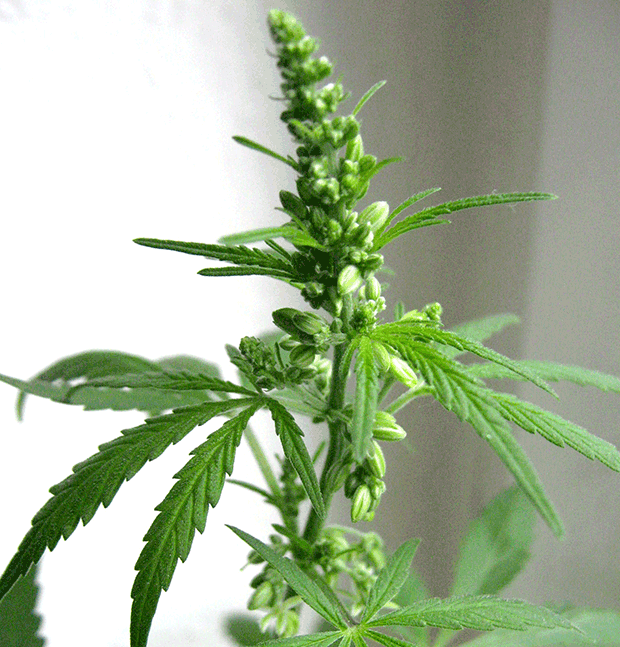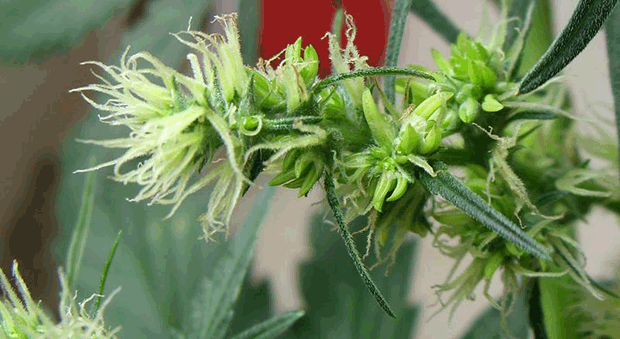All thanks to its many strain variations, it’s no question that the cannabis plant has a lot to offer. Even more, is having the freedom to grow your own natural medicine with its seeds. Currently, cannabis seeds have been split up into three different classes: regular, feminized, and auto-flowering. There might not be any visible distinctions between them on the surface, but buried deep within their genetics, are some vast differences. Each seed contains its own pros and cons. So, which should you choose? Well, there are a number of different variables that may help determine which best suits you as a grower. It can depend on your level of growing expertise, desired flowering time, yield, or available growing location.
That said, we recommend careful cannabis seed selection for a successful grow, not to mention a successful investment. Here, we’ll take a closer look at the various types of cannabis seeds and compare their differences. That way, you’ll be able to make the right decision before starting your grow.
Regular cannabis seeds
Regular seeds might be your standard cannabis plant seed; however, they offer growers a ton of possibilities for experimentation. The reason why they are called regular seeds is that they behave as nature intended and have been in no way genetically engineered to cause the growing process to work differently than it ordinarily would. They are produced when a male cannabis plant’s pollen fertilizes a female cannabis plant. Results from pollination will yield hundreds, if not thousands of more regular cannabis seeds, which at maturity will produce cannabis plants that are either male or female. With an M-to-F sex ratio at a little under 1-to-1, it has been estimated that approximately 66% of regular cannabis seeds will turn out as female.
Pros:
Cross-breeding is made possible by making seeds with the males and females that emerge from a batch of regular seeds.
Cons:
It’s virtually impossible to tell if a regular seed will be a male or female until it reaches the flowering phase. Which means that, if you are not planning to have your female plants pollinated, you’ll have to get rid of the males as soon as you can identify them.
Autoflowering seeds vs. regular seeds
The first large-scale marketed autoflowering variety, back in the 2000s, known as Lowryder, was bred by the Joint Doctor. He crossed William’s Wonder, Northern Lights #2 with an unknown ruderalis simply called “Mexican Rudy”. Auto-flowering seeds were made using genetic manipulation. This was done by cross-breeding various cannabis strains with cannabis ruderalis strains, which in turn, created cannabis plants that change to flowering automatically, usually after three weeks. Cannabis seeds generally need specific cycles of light hours (photoperiod) in order to move from the vegetative stage to the flowering stage properly, but there’s no need for change in the light cycle or removal of males with auto-flowering seeds. As they flower automatically, it’s entirely possible to have two harvests in a single grow season.
Pros:
The speed with which they develop during flowering is typically faster than any other cannabis seed type.
Doesn’t require the same complexity as other seed types and also allows the discreet growth of crops due to their smaller size.
Ideal for novice growers, as they are generally easier to grow, both indoors and outdoors.
Cons:
As they are smaller in size, there’s also the inconvenience of a lower yield per plant.
Feminized seeds vs. autoflowering seeds
Through trial and error, feminized cannabis seeds were brought about. Earlier, feminized cannabis seeds were made with from two female cannabis plants who were put under stressful conditions. To stress the plant, growers would prune leaves or branches or disrupt the light cycle. This process created the female plants to transition into a hermaphroditic state. Pollen from the hermaphroditic plant, were later used to pollinate the “pure” female. However, this caused hermaphroditic qualities (or, the propensity to create male cannabis plants during stress) to be passed down to the resultant seeds. Fortunately, the process of creating feminized seeds today has dramatically improved and is now the most commonly used method aside from rodelization*. Thanks to the help of traces of colloidal silver, it became possible for the purest of female cannabis plants to create male cannabis plants, done by further stressing the plants into producing pollen.
* Letting unpollinated female plants live several weeks longer than the normal harvest time.
Pros:
Guarantees 100% female cannabis plants, which doesn’t require discarding male specimens in the process.
Cons:
Doesn’t allow the development of male cannabis plants, which may not be the best choice for those who are aiming to produce seeds or to create new hybrid strains.
Takeaway
As we’ve learned, deciding which seeds you want to use to grow your cannabis involves more than just deciding on a strain. The truth is, not all cannabis seeds are created equal. For this reason, it’s important to consider all options on the table. If you want the best harvest, our online seed shop offers a range of cannabis seeds for you to choose from.

